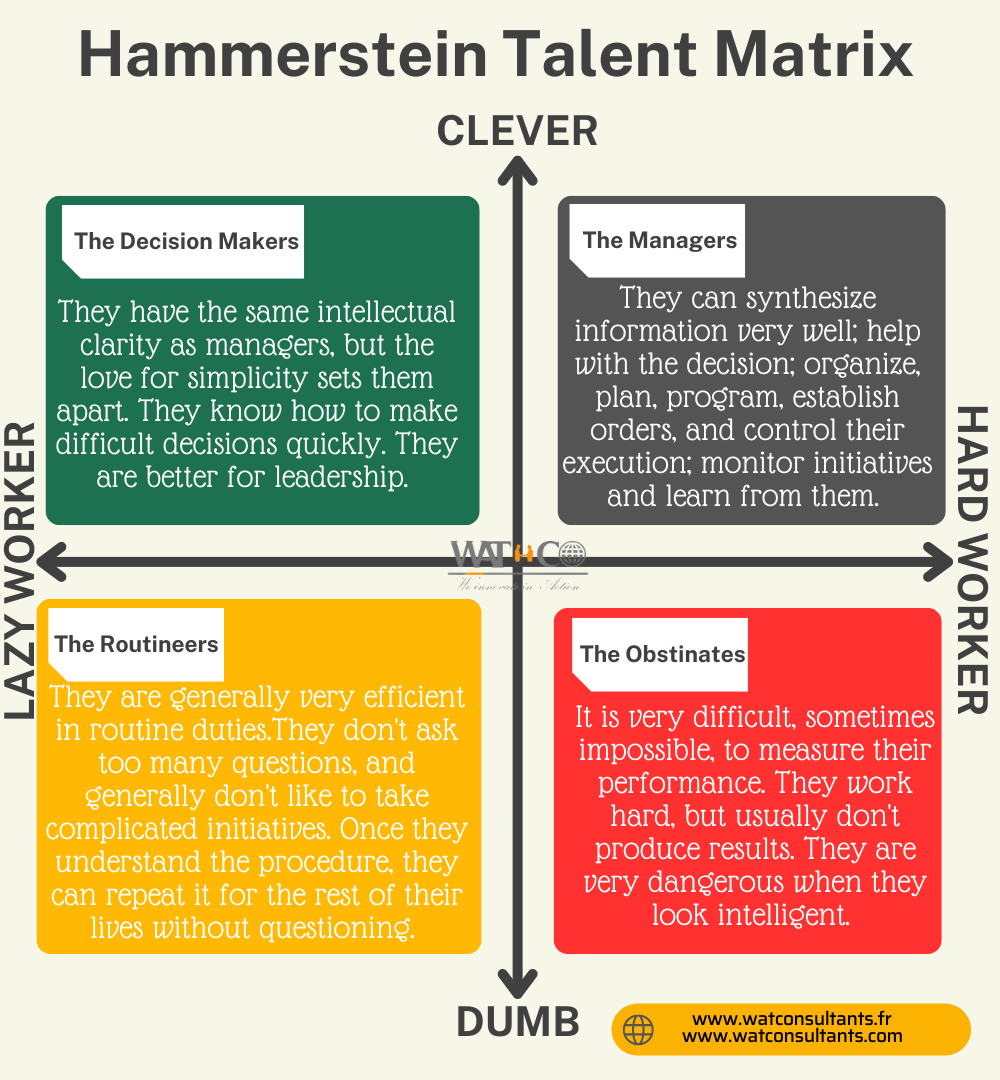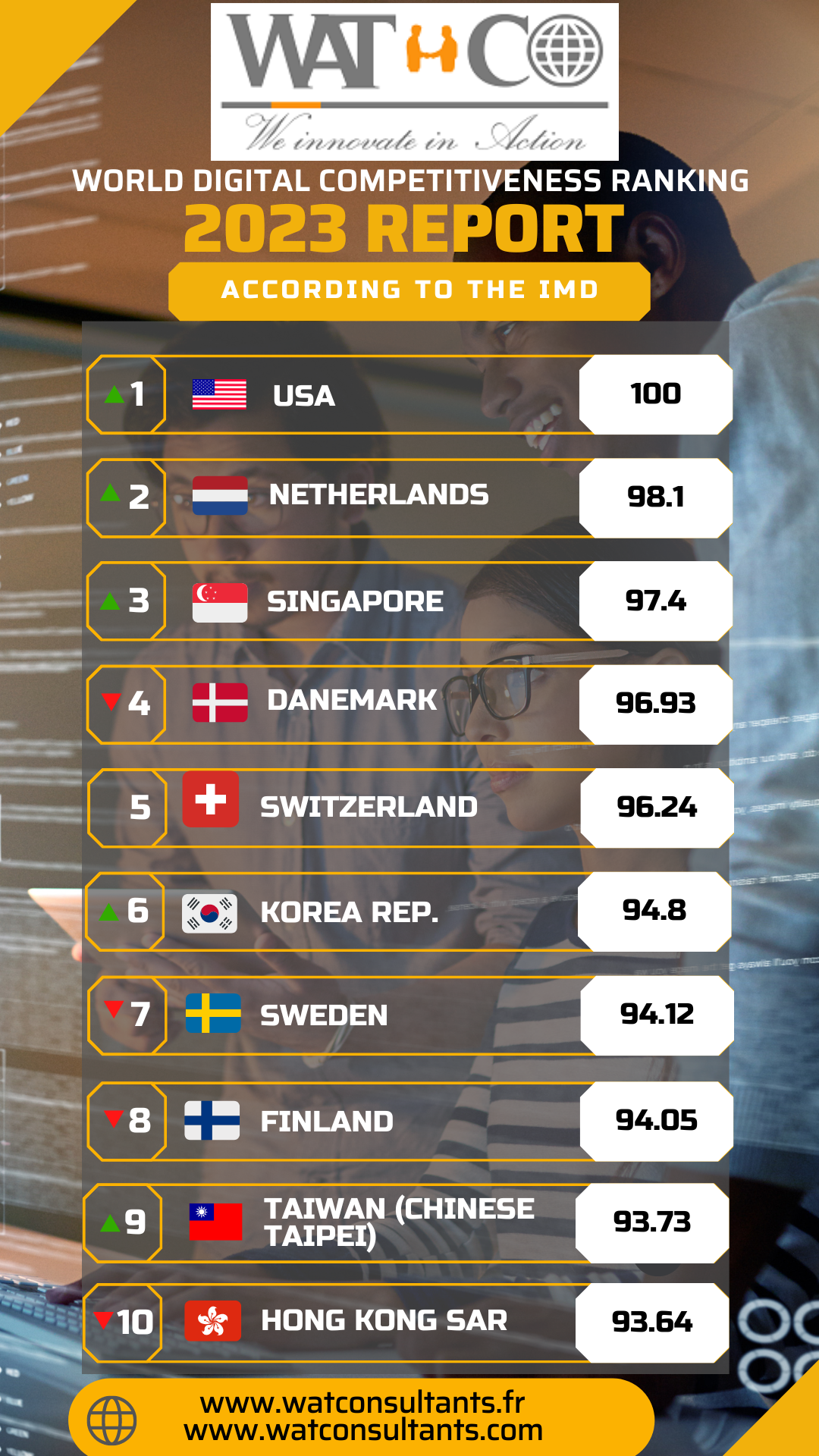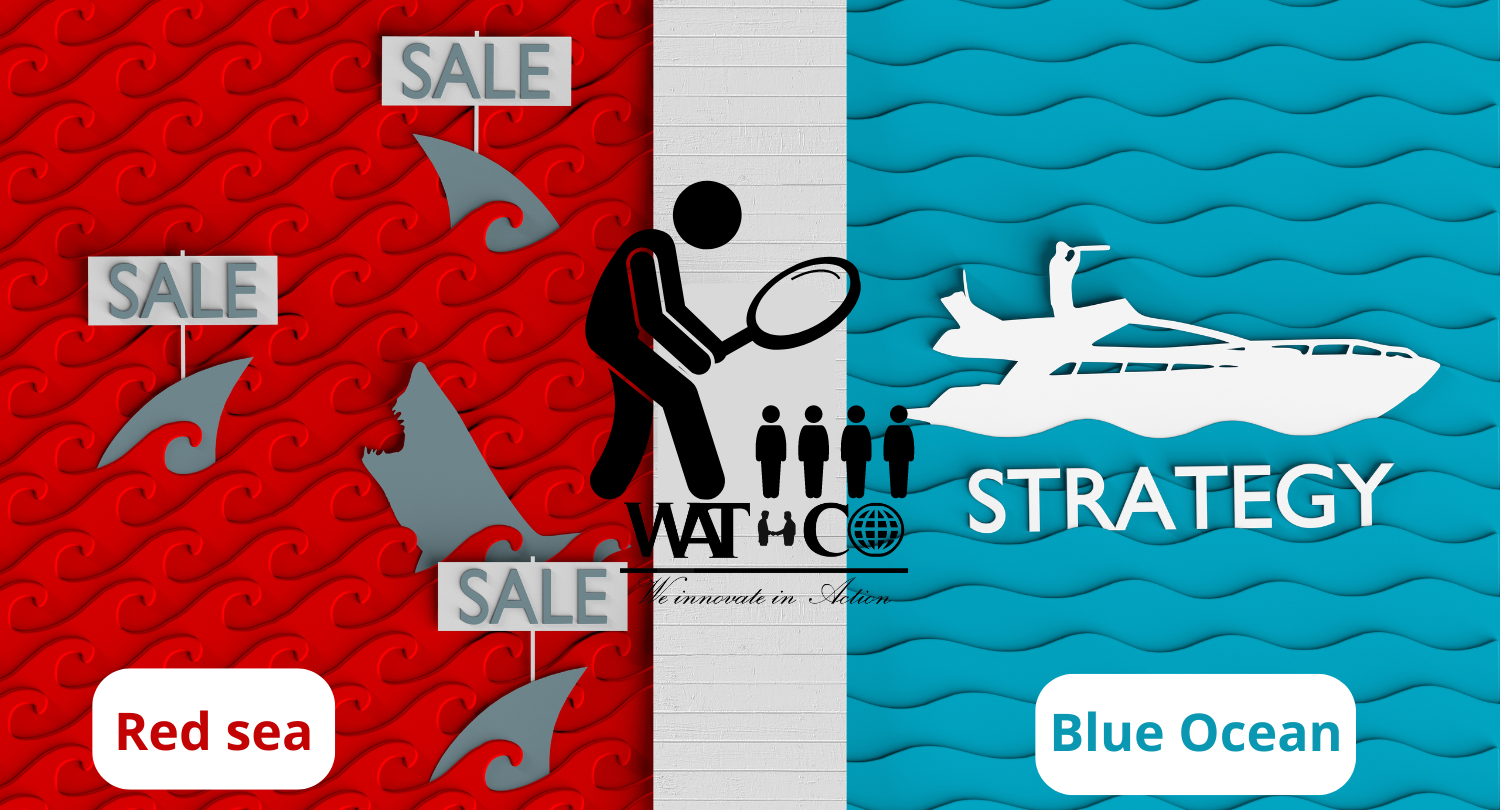
Industry and Marketing: part 1
Society has undergone significant changes that offer new possibilities for consumers and businesses. Technology, globalization and social responsibility have created new opportunities and generated new challenges that have radically changed marketing practices. In this context, companies must find a balance between proven methods and radically new approaches. For an organization to have effective marketing, marketing managers must understand how other departments think and, conversely, they must understand marketing logic.
David Packard of Hewlett-Packard said, “Marketing is far too important to be left to the marketing department… In a really effective marketing organization, you can't easily discern who is in the marketing department. Everyone in the organization must make decisions based on the impact on the customer. ".
The same thought was well stated by Professor Philippe Naert : “You will not get the real marketing culture by hastily creating a marketing department or team, even if you appoint extremely competent people for the job. Marketing starts with top management. If management is not convinced of the need to listen to the customer, how can the marketing idea be accepted and implemented by the rest of the company? »
Marketing strategy and actions are no longer played out solely on customer markets. For example, your babysitting company wants to launch a new dog-handling service on the market. Consequently, you must know how to market with the regulator to have the approval of the Canine brigade. You also want to attract talent who has mastered dog training to your business. You must therefore develop a value proposition that will attract the most qualified people to join your company. Whether it's marketing to customers, the regulator, investors or talent, you need to understand their needs and wants and present a superior competitive value proposition to win their favor.
The problem for us in the third world is that marketing is easy to learn! Indeed it does not take more than a day to learn marketing, but the problem is that it takes a lifetime to master it!
What is interesting is that marketing will exist forever. But the bad news: it won't always be as you've learned. Over the next decade, marketing will be redesigned from scratch, as human and social needs evolve over time, and differ from one end of the world to the other.
Rethinking Marketing in the Third World.
I like to say it, marketing in Africa CIMA Zone in general and in Cameroon in particular must be horizontal: from consumer to consumer. Because consumers look to each other for credible information when choosing products or services.
We did a test recently. We went to several ''supermarkets'' to observe the behavior of those who bought products for a specific brand after its advertising campaign; A new brand. Our objective was to have a hypothesis validated : Cameroonian consumers contact each other to obtain credible information when they choose products or services.
Out of a total of 103 people observed in 10 local ''supermarkets'':
- 100% of people came to buy products that already had the desired brand in mind.
- Of these 103 people observed, barely 10 read the leaflets and nutritional information.
- 100% didn't want to buy our product because they didn't know about it. They didn't even want to read to make a comparison with their desired product.
Repeated crises have reduced confidence in the market. Consumers find it difficult to buy what they do not know. And the best advertising is what we call family advertising. Support a tontine by positioning its products during the meal, for example...
To better make you understand the concept of Marketing, I will apply the law of history. Sometimes to understand a concept, you have to trace it in time. Marketing is born with the industry.
From Industry 1.0 to Industry 5.0
Table 1 : Industry and Marketing
|
|
1.0 |
2.0 |
3.0 |
4.0 |
5.0 |
|
Marketing |
Product focused |
Customer- centric |
Value- focused |
Data- centric |
Technology Focused |
|
Industry |
Centered _ on Mechanization |
Centered _ on electrification |
Centered _ on automation _ |
Centered _ on digitalization |
Centered _ on personalization |
Industry 1.0 and Marketing 1.0
The idea of manufacturing or producing with machines is spreading rapidly. Because water and steam are used, which increases production efficiency. Production then becomes faster and easier. We end up with large quantities of products to sell, this is the birth of Marketing 1.0: marketing centered on products. The Marketers have only one ambition, it is to sell the products. The interaction with consumers is therefore collective: one to many. Industries impose their products on consumers, consumers adapt.
Industry 2.0 and Marketing 2.0
There is a break in the industry with the introduction of electricity and the production chain. New technological systems are introduced, including superior electrical technology which allows for even greater production and more sophisticated machinery. Operations are made more efficient than machines powered by water and steam. This therefore facilitates competition. Mass production and the assembly line are set up. Here again, we end up with large quantities of products for sale, but divided between several competitors. To sell, you have to beat the competition. Marketing 1.0 shows its limits, because no matter how superior your product is to that of the competition, the customer now has a choice, so you have to focus much more on him. We are therefore witnessing the birth of Marketing 2.0: customer-centric marketing. Marketers aim to: Satisfy and build customer loyalty. Industries no longer impose their products on consumers, but consider consumers as Kings. The interaction with consumers therefore becomes individual: One by one. The customer is king for the first time.
Industry 3.0 and Marketing 3.0
This is the first computer age. We are witnessing the progress of electronics and the invention and manufacture of electronic devices such as transistors, programmable logic controllers and the first computers. Processes begin to automate and human assistance is minimized, even eliminated. The world is improving. This is where the environmental impact begins to make sense. Equality between men and women is becoming more and more precise, which increases opportunities . A woman can for example become a consumer for a cigarette production industry. Marketers understand that things have to change, because the target has just doubled with the addition of women, the emotional beings. Among the employees there are more and more women. For the first time in the history of the industry, marketing guidelines are beginning to take into account the vision, missions and values of the company. The marketing objective then becomes: to provide positive values. The spiritual dimension comes into play, and the marketing goal is then to make the world a better place. In addition, software systems and ERP (Enterprise Resource Planning) are developed, product flow planning and shipping logistics are built. The interaction with consumers is changing and for the first time becoming a “many-to-many” cooperative relationship.
Industry 4.0 and Marketing 4.0
This is the second computer age: the digital age. Powered by information, we are witnessing new concepts: social networks, data analysis and artificial intelligence technologies. All of these create an explosion in the amount of data available. On the one hand, industries have a lot of customer data. Unfortunately live towards that, the customer is also more informed than before. The customer acquires more power than before because of the massive development of social media. And he is also ready to change brands at the slightest disappointment or if the treatment he receives does not suit him. The customer uses the Internet for information and to buy. He uses social media to give his opinion and express his loyalty to certain brands. Criticism of marketing is gaining momentum. Marketers then lose control for the first time. We are then witnessing new concepts: influencers. Consequently, new challengers come to disrupt the markets and defeat established companies. In this context marketers (in the light of influencers, and given that the customer is no longer just the king, but the god) understand that to succeed and be successful, it is necessary to: Inspire the customer to co - create new content and products/services. The interaction with consumers is changing to a relationship based on how networking works, and this is spawning a huge generation of consumers. The concept of marketing is changing, and is based on innovation and digitalization. Innovation in full swing is rapidly opening the door to a new era, for which Meta wanted to anticipate: 5.0.
The world is in a transition between 4.0 and 5.0
Industry 5.0 and Marketing 5.0
This is the era of intelligent machines, storage systems and production facilities capable of exchanging information, triggering actions and controlling themselves autonomously without human intervention. We are witnessing new concepts: Connected devices ( IoT ), cloud computing, additive manufacturing, robotics, augmented reality, and smart factories. Industry 5.0 emphasizes the transformation of factories into smart facilities that use cognitive computing and interconnect through cloud servers. Here, we can better automate the manufacturing process, because we have real-time data from the field. There is therefore a strong demand for consumer individualization in the products they buy, which means that they prefer a degree of personalization (“hands-on” personalization) with their products. While in 4.0, purely digital skills were pushed, the focus will be on the more creative side. It was the birth of Marketing 5.0: the application of human-like technologies to create, communicate, deliver and improve value throughout the customer journey. It combines elements of Marketing 3.0 with a human orientation and Marketing 4.0 with a technological orientation. Marketers should base their initiative on three main issues:
- The generation gap: serving five different generations. Baby Boomers (Born 1946-1964), Gen X (Born 1965-1980), Gen Y (Born 1981-1996), Gen Z (Born 1997-2009) and Gen Alpha (Born 1997-2009) between 2010-2025),
- The depolarization of prosperity: Unlike the West, the reason for this is the emergence of an increasingly large middle socio-economic class. It's not like before when people belonged either to the rich category or to the poor category.
- The digital divide: Despite existing concerns, companies must demonstrate to consumers that using technology is not a risk for them, but a benefit.
However, in Cameroon in particular, a developing country, we straddle the first 4 approaches of industry and marketing. Generally when we are everywhere, we are finally nowhere. Industry 1.0 is over, thanks to the electricity that brought about Industry 2.0. What to expect when a country fails to produce enough electricity, in a changing world?
We will come back for more in our next publications.





